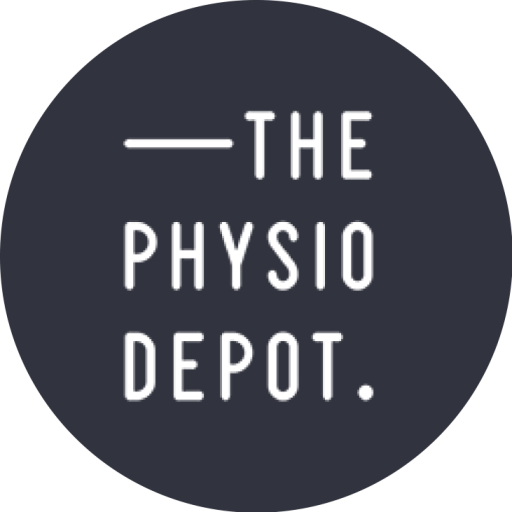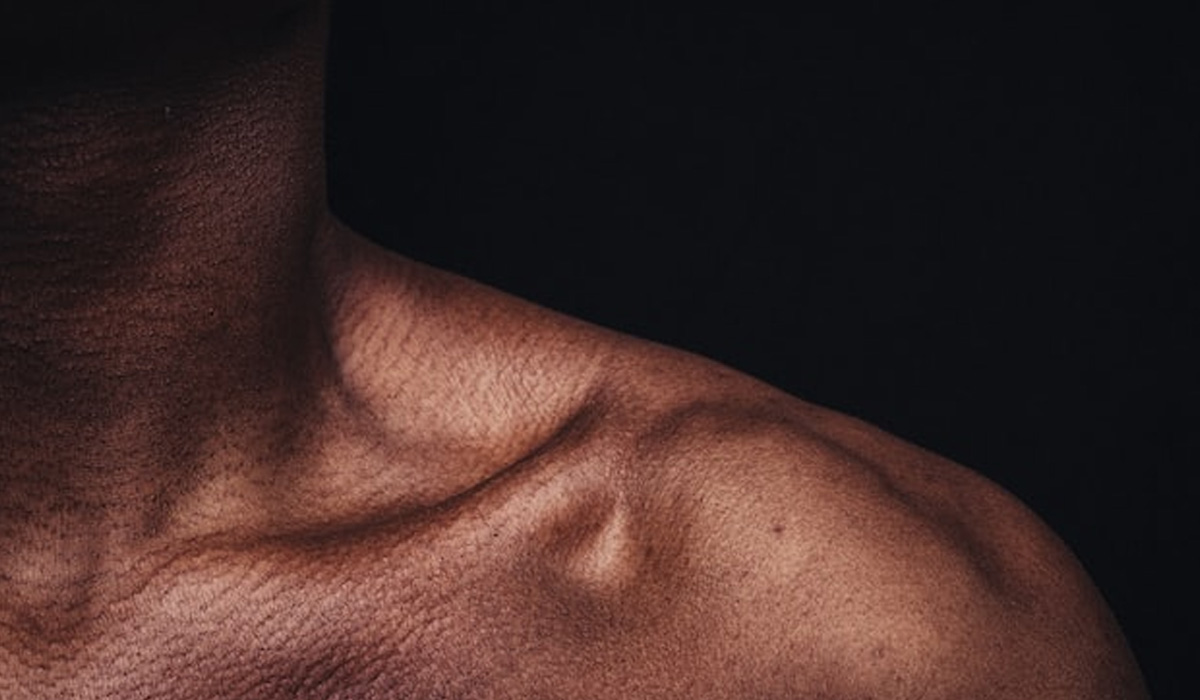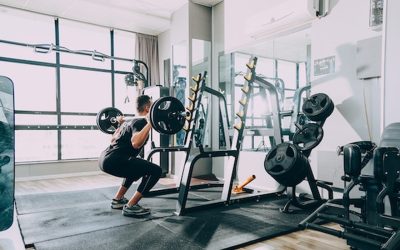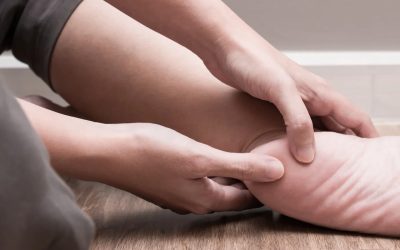What is an AC joint injury?
AC stands for acromioclavicular joint. It is the joint at the top of the shoulder joining the collar bone to the shoulder. This joint is typically injured with a direct trauma to the shoulder such as a fall onto the point of the shoulder or a direct blow. It is associated with acute onset of severe pain, visible deformity of the joint, swelling and immediate loss of active shoulder movement. Clinically it is often mistaken for a shoulder dislocation or clavicle fracture upon first assessment.
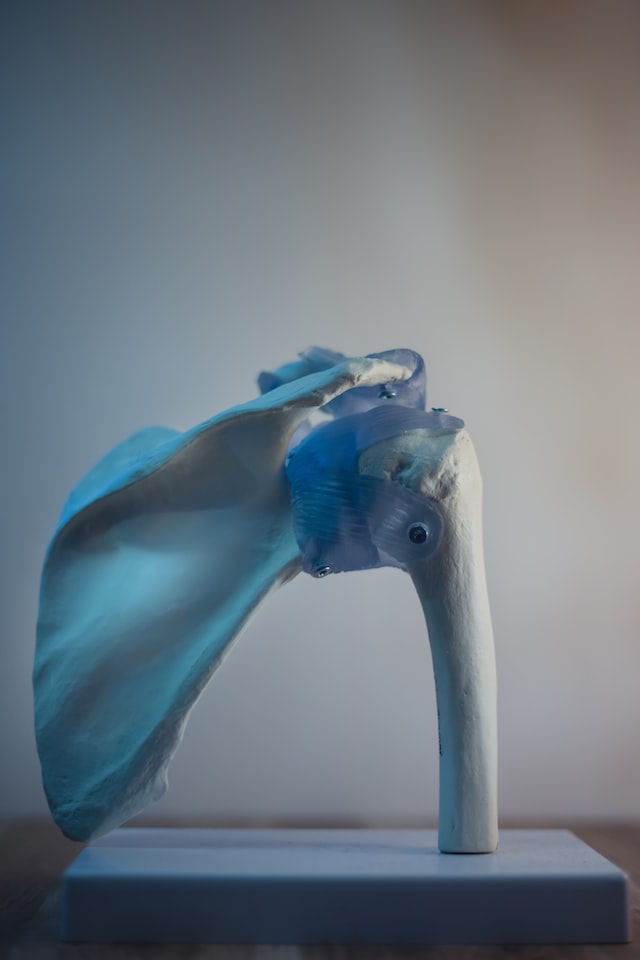
How do you diagnose an AC joint injury?
- Observation: A ‘step’ deformity is often between the two bones.
- Obvious pain at the point of the shoulder.
- Swelling or bruising top of the shoulder.
- Inability to move the injured arm.
- Tenderness on palpation.
- X-ray will confirm the grade of ligament disruption.
How many types of AC joint injuries are there?
Grade 1
An athlete with a grade 1 injury of the AC joint will experience tenderness and discomfort, palpation and movement of the joint. Grade 1 sprains involve only partial damage to the joint capsule and the AC ligament. Return to play – up to 3 weeks.
Grade 2
A grade 2 injury will involve complete rupture of the acromioclavicular ligament and partial tear of the coracoclavicular ligament. This tearing allows the clavicle to move upward, and as a result, the bump on the shoulder is more pronounced. Pain is more severe and movement of the shoulder is restricted. Return to play – minimum 4 to 6 weeks.
Grade 3
A grade 3 injury involves the complete rupture of the acromioclavicular and coracoclavicular ligaments. The bump visible in a grade 2 tear is even more pronounced in a grade 3 injury due to complete dislocation of the acromioclavicular joint. Return to play – dependent on management (e.g. surgery).
How do you treat an AC joint injury?
- Initial initial relative rest, ice and pain relief.
- Initial immobilisation in a sling may be necessary.
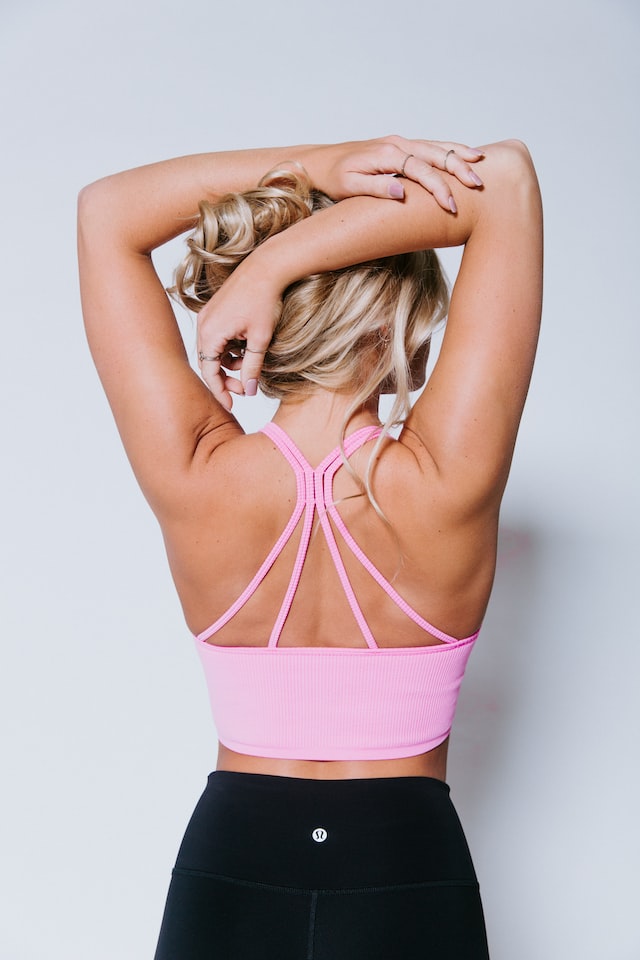
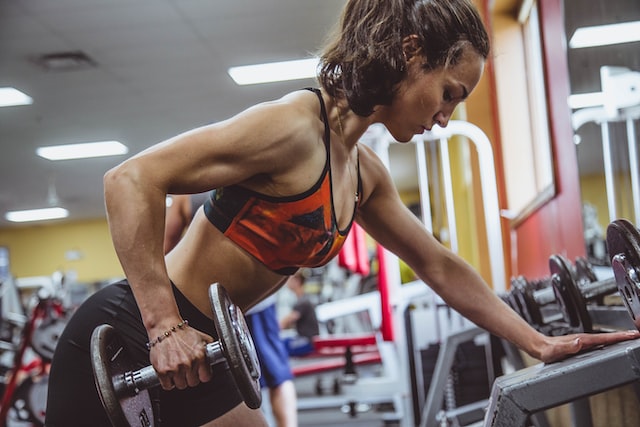
- Early shoulder blade activation and strengthening exercises.
- Restore shoulder range of motion in pain free positions.
- Progress to functional shoulder stability and strength based conditioning.
- If returning to contact sports a support over AC joint and taping is highly recommended.
Expect your AC injury to take anywhere from 3-12 weeks for recovery with good management. It’s common for your shoulder to ‘look different’ after this injury but it should function well within normal limits. Long term strategies of increasing the number of pulling based strength exercises versus pushing work.
